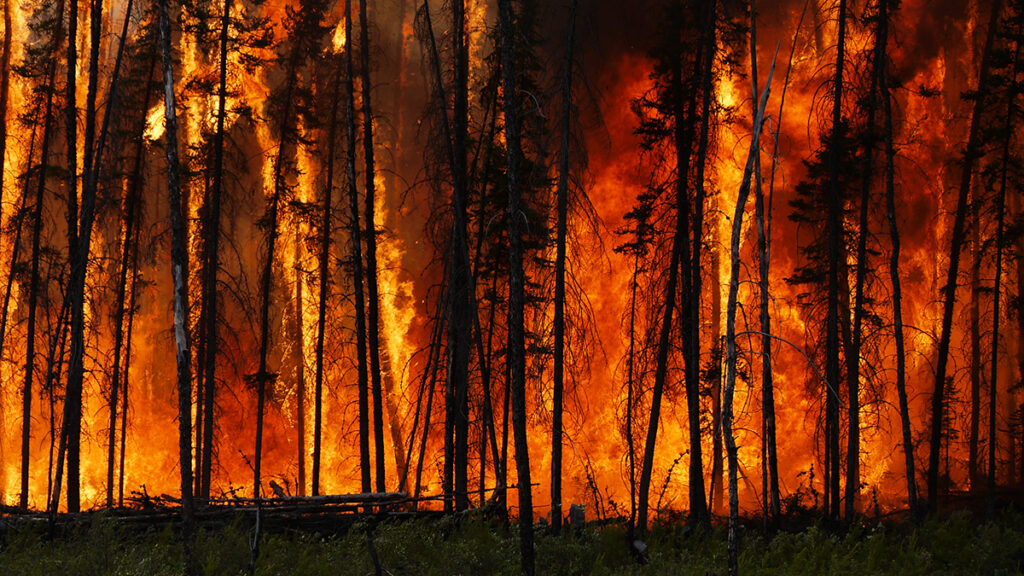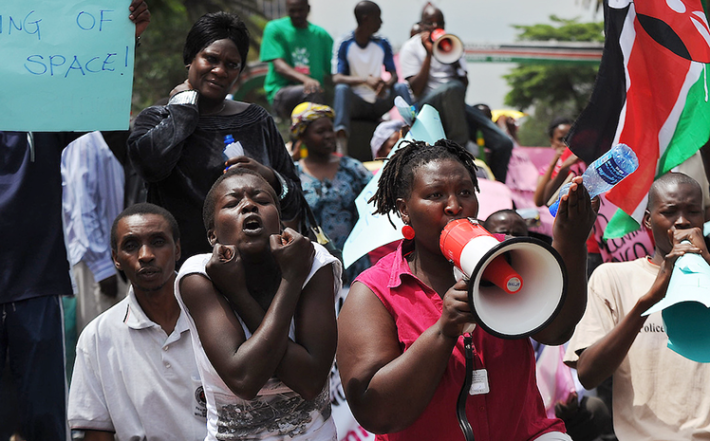
France wildfire exceeds Paris’ size as the country grapples with its most devastating blaze in decades. The wildfire broke out Tuesday afternoon near Ribaute in the Aude region and has since ripped through between 13,000 and 16,000 hectares of woodland, agricultural land, and villages. The fire is larger than the entire city of Paris.
One person has already lost their life in their home, and at least 13 others have been injured, including 11 firefighters. Three people remain missing. The fire destroyed or damaged dozens of homes, and authorities say entire villages and campgrounds have been evacuated.
Over 2,100 firefighters, dozens of water bomber aircraft, and military personnel have been deployed in response. Soldiers and army helicopters joined the effort Thursday to control escalating flames in the rugged terrain between France’s Mediterranean coast and the Spanish border.
Weather conditions have greatly favored the fire’s spread. Prolonged drought, high summer temperatures, and strong winds fanned the flames, making containment extremely difficult. French officials have described the blaze as a “catastrophe of unprecedented scale.”
Villagers and locals watched in horror as the sky shifted from blue to orange within minutes. Some rushed into the burning zone to protect homes and businesses. Residents report ash coating windows and cars, and roads have become impassable in many affected communes.
Prime Minister François Bayrou visited the region and expressed deep alarm, emphasizing that the destruction threatened both tourism and the wine industry. He urged all citizens to support the firefighting effort and stay safe.
Authorities say cooler temperatures and calmer evenings have slowed the fire’s pace slightly. However, the blaze is not yet under control, and recovery will be a long and difficult process. A forthcoming heatwave in southern France could reignite the flames, officials warn.
Environmentalists and experts say this wildfire reflects the growing danger posed by climate change. Rising temperatures and drought in the Mediterranean region have made such disasters more frequent and severe.
Local leaders describe the landscape as apocalyptic—charred hills, blackened trees, and devastated villages. At least one mayor compared the scene to a lunar landscape as destruction stretched across the horizon. Many residents vowed to return only after the flames are fully extinguished.
This summer has already seen thousands of fires along France’s Mediterranean coast. But this fire is the worst in nearly eight decades. It marks a grim turning point, and many believe it sends a warning about the urgent need for climate adaptation and stronger wildfire resilience.
As France continues its fight against the blaze, the nation hopes for respite. Firstly, to protect lives and property. Secondly, to confront an evolving climate landscape with preparation and solidarity.



